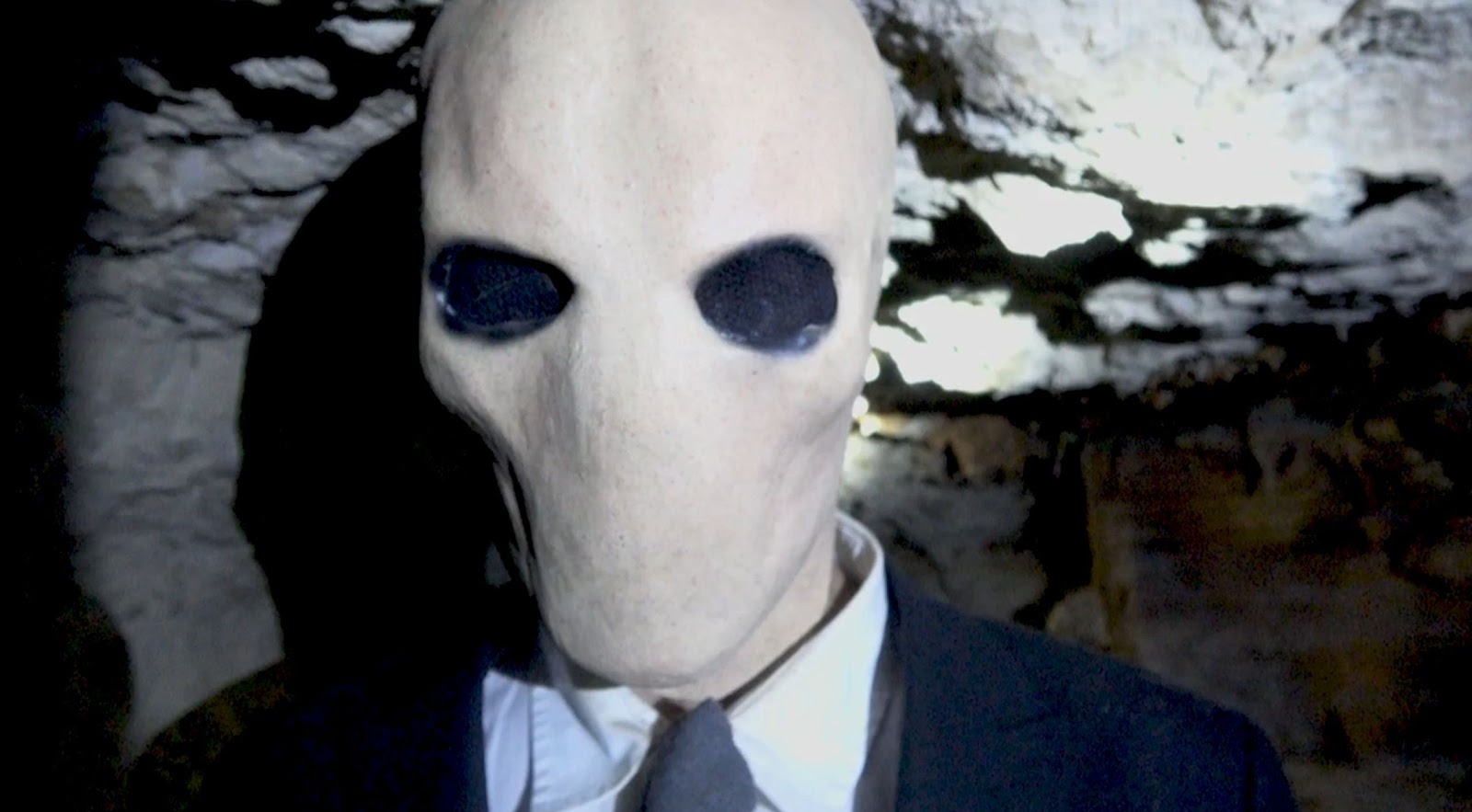It's been said that "90% of directing is casting."
Every actor has a specific persona. A certain "look," presence, and degree of charisma. Not every actor is right for every role. An actor's talent and training can sometimes overcome his being miscast, and sometimes even create a more interesting film because of it. But more often not.
Cast the right actor and he'll fit right into the film's story with little work on the director's part. Miscast an actor, and you're squeezing a square peg into a round hole. Not only will the director have a harder time making the film "work," but audiences will have a harder time suspending their disbelief. Poor casting can make audiences roll their eyes.
My eyes roll every time I see Charlie (Adam Hann-Byrd) and Sarah (Jodi Lyn O'Keefe) in Halloween H20. As sex-crazed teenage lovers, they are woefully mismatched.
Sarah is a tall woman with classic, fashion model looks. Charlie is a short geeky guy. The IMDB says that O'Keefe is 5'9" and that Hann-Byrd is 5'10" but I don't believe it. On screen she is often taller than him.
Additionally, the IMDB states that O'Keefe was born in 1978, Hann-Byrd in 1982. Halloween H20 was released in 1998, but films are often shot the year before release. Assuming their IMDB listed birthdays are accurate, the statuesque O'Keefe was 19 or 20 during the shoot, whereas the diminutive Hann-Byrd was 15 or 16.
(The characters are supposed to be 17, so kudos for not casting thirtysomething actors to play teenagers.)
What makes this miscasting so glaring, at least for me, is that Sarah is written as always lusting for Charlie's body. At one point, Charlie pulls Sarah down (he can't actually lift her) and exclaims, "We can have a roving orgy!"
Sarah responds, "I love the way this man thinks!"
That scene is just cringe.
Especially now that I know the taller O'Keefe was an adult, whereas Hann-Byrd was still a minor, when I hear her calling him "this man" ... cringe.
Their scenes together are few and brief (about three), but in all of them, Sarah openly lusts for Charlie (and he for her). That's how the scenes are written. But the casting doesn't support it. The casting induces eye rolls. Suspension of disbelief is strained.
Yes, tall beautiful woman do date and marry short, even unattractive men. But usually those men have money, fame or status. That's not the case in Halloween H20. Charlie isn't even a particularly nice guy. He shoplifts alcohol. He lies. He steals food.
Hann-Byrd might be a great guy and a talented actor. But he's simply miscast in this film.
Night of the Demons (2009) displays similarly incongruent casting. A beautiful woman dates a dorky drug dealer. But that drug dealer, as written, has a more "fleshed out" personality. His character is flawed, yet engaging and sympathetic. It's less of a stretch to think that a beautiful woman might be interested in him.
By contrast, Charlie, as written, is one-dimensional; he is an unscrupulous horn dog. Nothing more. All he has to offer Sarah is his physical body. In which case, the producers should have cast a body that would believably appeal to a one-dimensional campus beauty.
====================
For more information on working with actors, see Horror Film Aesthetics: Creating the Visual Language of Fear. This blog represents a continuing discussion of my views on horror, picking up from where the book left off.











